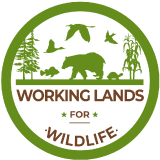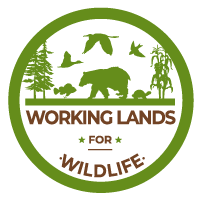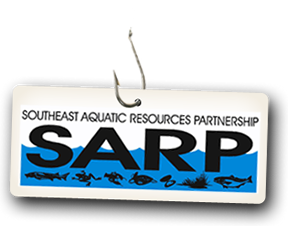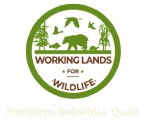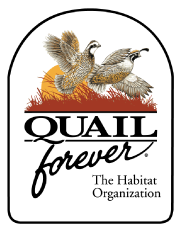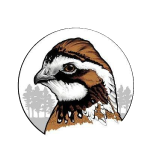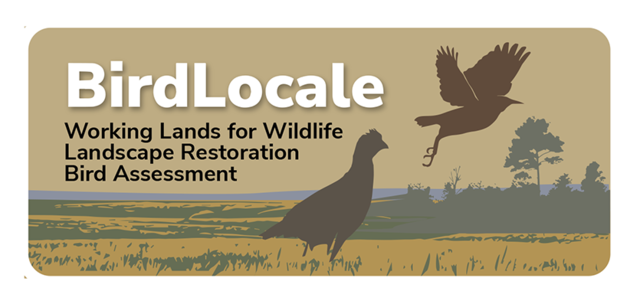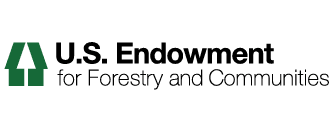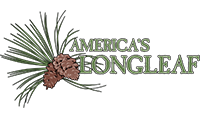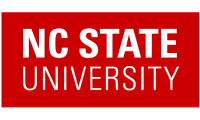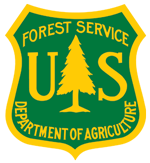NRCS Conservation Practices and Materials
WLFW Pollinator Conservation Webinar Series: Session # 7 Do I Need a Pollinator Seed Mix and How to Build One
Session 7 of WLFW Pollinator Conservation Webinar series, presented by Kelly Gill, Pollinator Conservation Specialist for the Xerces Society and a Partner Biologist with the USDA Natural Resources Conservation Service. This session focuses on building seed mixes designed for pollinators and is the second of three sessions on “pollinator habitat” in the series. Topics covered include recognizing whether a seed mix is needed, various seed mix options through NRCS, and specific information needed to build a seed mix such as habitat design and species selection.
WLFW
Through Working Lands for Wildlife (WLFW), NRCS works with partners and private landowners to focus voluntary conservation on working landscapes. NRCS provides technical and financial assistance to agricultural producers, helping them plan and implement conservation practices that benefit target species and priority landscapes. Since 2012, NRCS has restored and protected 6.7 million acres of much-needed habitat for a variety of wildlife. These efforts have led to the rebound and recovery of many species, demonstrating the WLFW conservation model works.
Webinar: Applying to RCPP in 2024
Join the Rural Climate Partnership for a **free webinar on Wednesday, December 13th at 2pm ET** with Kari Cohen, former RCPP lead at USDA, who will guide NGO participants through RCPP application guidance to increase your likelihood of funding.
Pheasants Forever, Quail Forever, and WLFW East Region Webinar Series
Pheasants Forever & Quail Forever, in partnership with USDA-NRCS’s Working Lands for Wildlife, has reformed the WLFW Pollinator Conservation webinar series to include broader topics and changed platforms to Zoom. This series aims to enhance understanding, confidence, and knowledge of conservation concepts. It is designed for conservation professionals working in the WLFW East Region. NRCS staff and partner organizations are welcome to attend (click image for more details), so please feel free to share it with your field staff.
Guidebook for Prescribed Burning in the Southern Region
Learn how to plan, conduct and evaluate prescribed burns with this new Guidebook designed for burners of all skill levels. This book takes you step-by-step through the prescribed burning process in addition to providing more in-depth chapters on many of the concepts.
Landscape Partnership Newsletter-WLFW Prescribed Burning Added To FY24 Climate-Smart Practice List
WLFW news brief.
Landscape Partnership Newsletter-USDA Doubling Down On Growth Of NRCS Working Lands For Wildlife!
USDA Doubling Down on Growth of NRCS Working Lands For Wildlife!
Landscape Partnership Newsletter Announcing The Literature Gateway: Bird-Vegetation Relationships in Eastern and Boreal Forests
Working Lands for Wildlife is happy to announce the launch of the Literature Gateway: A Systematic Map of Bird-Vegetation Relationships in Eastern and Boreal Forests. The Literature Gateway is the newest online tool to join the suite of decision-support tools hosted on the Landscape Partnership Portal.
News: Opportunities for Research on Carbon Sequestration in Longleaf Pine Ecosystems Fact Sheet
Based in part on the recent Fact Sheet on Opportunities for Research on Carbon Sequestration in Longleaf Pine Ecosystems by Kevin Robertson, Ph.D., Fire Ecology Research Scientist, Prescribed Burning has been added to the USDA Climate Smart Priorities List for FY24.
What Would an Endangered Species Act Listing Mean for the Hellbender Working Lands for Wildlife Program?
Working Lands for Wildlife is structured to continue providing benefits to agricultural landowners while ensuring adequate protections for listed species.
News: Mapping Fires Across the Southeast-Science to Solutions
The Southeast fire map (SE FireMap), funded by NRCS and managed by Working Lands for Wildlife staff, aims to develop a fire tracking map to allow for improved decision making.
WLFW Pollinator Conservation Series: Session #6 Planning & Establishing Pollinator Habitat
Session 6 of WLFW Pollinator Conservation Webinar series, presented by Celia Vuocolo, WLFW Pollinator Coordinator-East with Quail Forever & USDA-NRCS. Topics covered include a step by step process for planning and establishing pollinator habitat, including site selection, options for restoration and Farm Bill programs planning process.
WLFW Pollinator Conservation Series: Session #5 SWAP & Listed Species in the Southeast
Session 5 of WLFW Pollinator Conservation Webinar series, presented by Celia Vuocolo, WLFW Pollinator Coordinator-East with Quail Forever & USDA-NRCS. Topics covered include an overview of a selection of State Wildlife Action Plan SGCNs and federal/state listed pollinator species. Conservation planning strategies for planners and biologists.
Mapping Fires Across the Southeast-Science to Solutions
The Southeast fire map (SE FireMap), funded by NRCS and managed by Working Lands for Wildlife staff, aims to develop a fire tracking map to allow for improved decision making.
WLFW Pollinator Conservation Series: Session #5 SWAP & Listed Species in the Southeast
Session 5 of WLFW Pollinator Conservation Webinar series, presented by Celia Vuocolo, WLFW Pollinator Coordinator-East with Quail Forever & USDA-NRCS. Topics covered include an overview of a selection of State Wildlife Action Plan SGCNs and federal/state listed pollinator species. Conservation planning strategies for planners and biologists.
Historic USDA Investment in Working Lands for Wildlife is Great News for Hellbenders
Working Lands for Wildlife will dedicate $500 million over the next five years to strengthen and expand efforts to protect wildlife and restore habitat on private agricultural and forest lands.
USDA Announces Historic Investment in Wildlife Conservation, Expands Partnership to Include Additional Programs
$500 Million from Farm Bill Is Part of Broader Commitment from FSA and NRCS to Working Lands Conservation that Benefits Wildlife and Supports Agriculture and Rural Communities BOULDER, Colo., June 27, 2023 – Today, the U.S. Department of Agriculture (USDA) is announcing that it will expand its work on wildlife conservation by investing at least $500 million over the next five years and by leveraging all available conservation programs, including the Conservation Reserve Program (CRP), through its Working Lands for Wildlife (WLFW) effort. These commitments, which align with President Biden’s Investing in America agenda, will ramp up the conservation assistance for farmers, ranchers, private forest owners and tribes with a focus on working lands in key geographies across the country as well as hiring for key conservation positions. The funding will help deliver a series of cohesive Frameworks for Conservation Action, which establish a common vision across the partnership of public and private interests and goals for delivering conservation resources in a given ecosystem, combining cutting-edge science with local knowledge.
USDA Announces Historic Investment in Wildlife Conservation, Expands Contact: Partnership to Include Additional Programs
$500 Million from Farm Bill Is Part of Broader Commitment from FSA and NRCS to Working Lands Conservation that Benefits Wildlife and Supports Agriculture and Rural Communities
